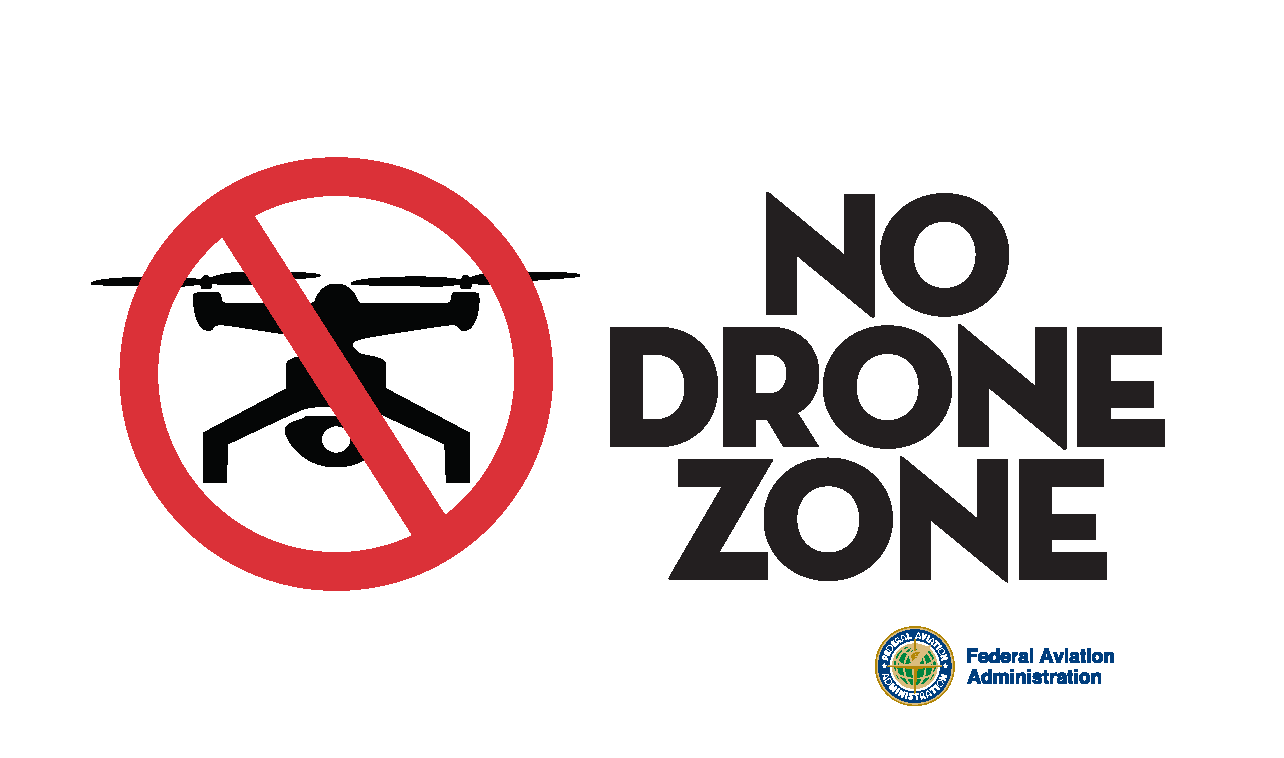
The FAA plans to launch a public outreach effort to replenish its drone registration system, which this year has experienced a 50% decline in the number of people who have registered or renewed registrations of their aircraft.
Between December 2020 and this January, the total number of recreational flyers who had registered their drones through the FAA’s online system and commercial-registered drone aircraft fell from 1,746,248 to 873,144.
As of March 1, the FAA listed 868,421 total registrations, consisting of 492,492 recreational flyers and 375,929 commercial-registered drones.
The drop “is due in large part to the large number of drone registrations that reached their three-year expiration date in December 2020,” the FAA said in a statement provided to Aviation Week Network. “The FAA is continuing to review the registration data and plans to launch a drone registration information and awareness campaign later this year.”
Out of concern that hundreds of thousands of drones given to people as holiday gifts would flood the airspace system and threaten traditional aviation, the FAA created a national drone registry through an expedited rulemaking in December 2015. The thinking was that registration would provide authorities with a way to trace back ownership of a drone that was being flown errantly or maliciously.
The registration system requires that owners of drones weighing from 250 grams—or about half a pound—to 55 lb. register online and affix one identification number to all of the drones they own. Commercial, public and research drones are registered individually. Registration costs $5 and remains valid for three years.
In January 2021, the FAA published a final regulation—Remote Identification of Unmanned Aircraft (Remote ID)—requiring that all drones weighing more than 250 grams be capable of being tracked and identified from the ground by 2023. By that time, drones must come equipped or be retrofitted with transmitters to broadcast their position and identifying information to receiving devices on the ground. Operators who have unequipped drones will be relegated to an FAA Recognized Identification Area.
The number of drone registrations through the FAA system topped 1 million in January 2018. As recently as last month, the leadership of the U.S. House Transportation and Infrastructure Committee referred to a count of 1.8 million registered drones in a letter asking the Government Accountability Office (GAO) to review the FAA’s effort to safely introduce unmanned aircraft into the national airspace system.
The registration drop-off appears to be the result of waning interest in drones as well as of hobbyists lagging in renewing their registrations.
“Yes [there is] lack of interest because you can only take so many shots [videos] of the same thing,” said Michael Karrels, a flight dispatcher, pilot and drone hobbyist who lives in Georgia. “Many places have ‘no drone’ signs, so you can’t fly them there. The point for me was to get a different perspective [and] you can’t get a different perspective with a no-drone sign.”
Karrels owns a DJI Phantom 4 quadcopter and has earned a remote-pilot certificate under the FAA’s Part 107 rule governing the commercial use of small drones. He said he is not troubled by the limitation of flying his drone within visual line-of-sight, as the regulation requires.
“Line-of-sight isn’t a big deal for me—I understand the reasons for it,” Karrels said. “I also have my Part 107, and I’m not going to get caught [in violation] and possibly having action on my other certificates. So, in the box it sits with its registration expired.”
On its website, the FAA is directing recreational flyers whose registrations expired in December 2020 to visit its DroneZone registration portal.
The agency also is advising that a new Recreational Unmanned Aircraft System Safety Test will be administered soon. FAA reauthorization legislation signed into law in 2018 requires that recreational flyers pass an aeronautical knowledge and safety test.





